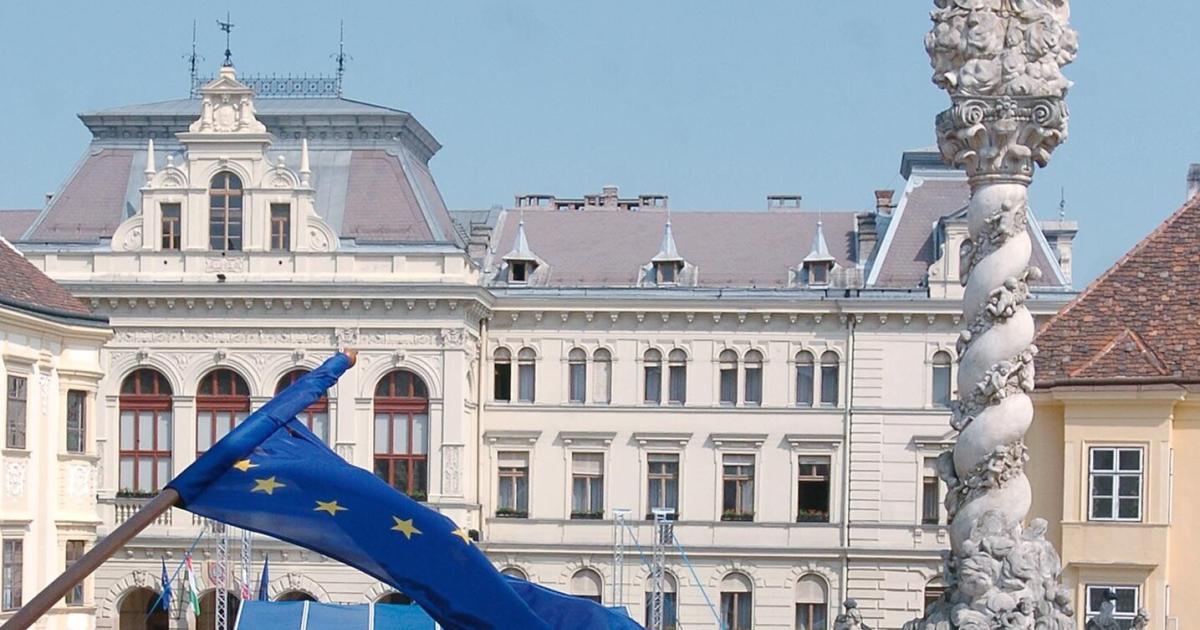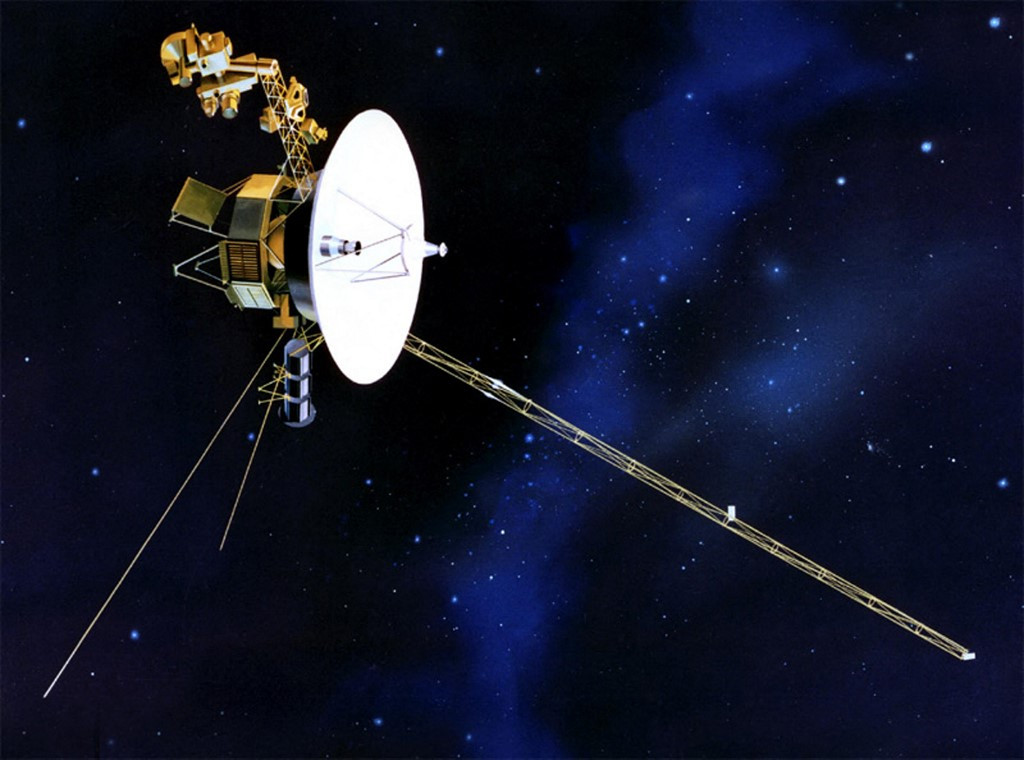
From Economic Growth to Political Challenges: The Complexities of the EU’s Expansion in Central and Eastern Europe
The EU’s expansion into Central and Eastern Europe has brought significant economic benefits to the region, but also political challenges. The dismantling of the Iron Curtain in 1989 marked the beginning of this process, which further integrated eight countries into the legal framework of the European Union.
Since then, countries such as Czech Republic, Slovakia, Poland, Hungary, and Slovenia have seen continuous growth in their economies. This growth has contributed significantly to the EU’s overall GDP, with these countries collectively accounting for 8.7%. Trade within the region has also become increasingly important, with significant growth seen in Poland and Hungary.
However, despite the economic successes, challenges at the political level were not fully anticipated during the EU’s eastward enlargement. Right-wing populist parties have risen to power in many countries in the region, leading to increased skepticism towards the EU. While joining the EU brought benefits for many citizens, there were also clear losers in this process – older individuals who may have lost job opportunities due to changes in industry and economic policies.
To address these concerns and ensure that future EU enlargements are successful, experts suggest that geopolitical and social components should be considered more carefully. The integration of Central and Eastern European countries into the EU has brought significant economic prosperity to these regions, but it is important to address political and social challenges as well to ensure that all citizens benefit from this process.
In conclusion, Raiffeisen recognizes a successful economic story in Central and Eastern Europe but notes that political problems were sometimes underestimated. Despite this challenge at a political level, Raiffeisen suggests that future enlargements should consider geopolitical and social components more carefully to address all concerns of citizens while ensuring continued economic prosperity for these regions.

